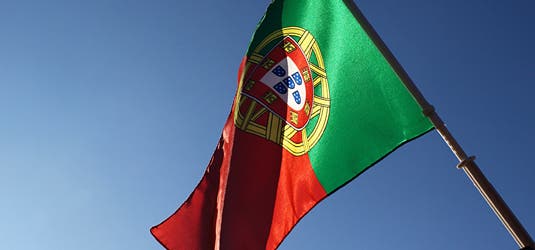Portugal covered all its citizens’ and industry’s electricity demand using power generated by wind, solar and hydro for an extraordinary 107 consecutive hours.

“We are seeing trends like this spread across Europe – last year with Denmark and now in Portugal. The Iberian peninsula is a great resource for renewables and wind energy, not just for the region but for the whole of Europe,” said Oliver Joy, a spokesman for the Wind Europe trade association.
Typically, Scandinavian countries and Germany are heralded as the leading examples in renewable energy in Europe. The latter made headlines last week when it generated so much renewable energy it had to pay businesses to use it and unclog the grid.
Thanks to a good energy policy and fantastic weather conditions, Portugal has also become a renewable energy ‘powerhouse’. Considering its rate of progress and small population of about ten million, Portugal might, in fact, become one of the first European countries to achieve net-zero emissions.
Last year’s drought severely decreased Portugal’s renewable energy production, down 14.5% compared to 2014. The same drought, however, could have been an energy godsend if the country had more solar power capacity installed — only 1.6% of the total energy generated comes from photovoltaics.
For the same year of 2015, Portugal generated 22.5% of its energy from wind, 19.1% from hydro-power (this is where the drought hit) and 5.1% biomass. All in all, Portugal generated 50.4% of its energy from renewable energy, the rest being covered by fossil fuels.
Although fossil fuels are already a minority in the over-all energy mix, their use should plummet fast once Portugal shuts down its coal-powered plants and its other renewable energy projects come online.


